|
|
| Earhart Project Research Bulletin #74 November 16, 2014 |
|
| Is TIGHAR Artifact 2-2-V-1 from a PBY? | |
| This document will take a little while to load completely as there are many images. Please be patient! |
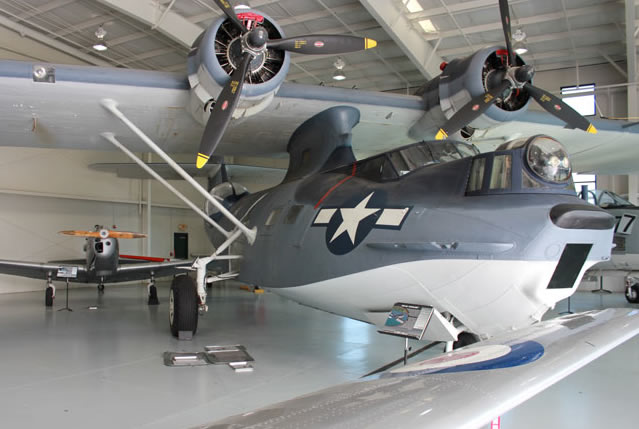
The requirements for a match to 2-2-V-1 are quantifiable:
| 1. | The aluminum sheet must have a thickness of .032″. |
| 2. | There must be no paint on either side of the sheet. |
| 3. | There must be four parallel rows of 3/32″ AN455 brazier head rivets with no crossing line of rivets. |
| 4. | The 3/32″ rivets must have a pitch (distance between rivets) of precisely one inch. |
| 5. | The space between parallel lines of rivets must be nominally 4½″. |
| 6. | There must be a double staggered row of 5/32″ rivets with a pitch of 1.5″. |
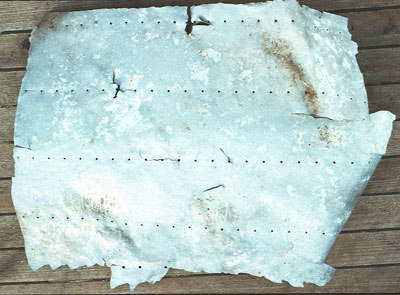
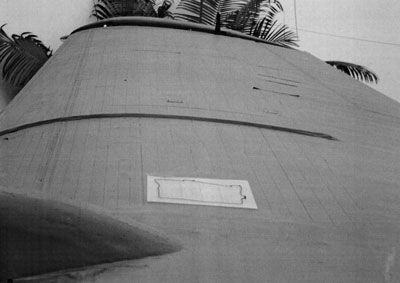
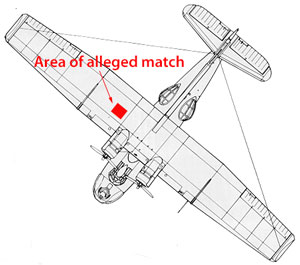
The area in question is as shown in this planfrom view of a PBY.1
A closer look shows Mr. Long’s claim to be unfounded.
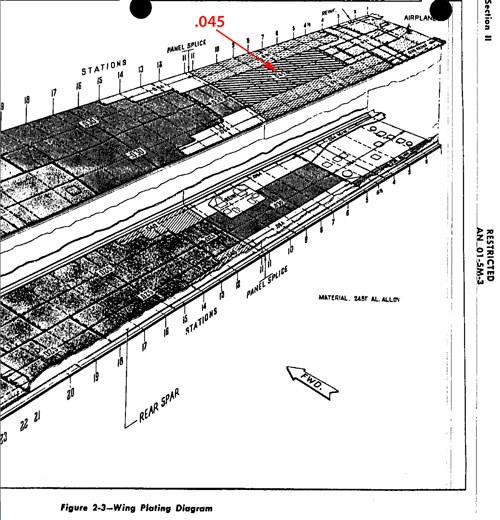
1. The aluminum sheet must have a thickness of .032″.
The PBY Repair Manual (page 17, Figure 2-3) documents that the sheeting thickness in the area of Mr. Long’s “perfect match” is .045″ – far heavier that the artifact.2

2. There must be no paint on either side of the sheet.
All PBYs were painted on both the exterior and interior surfaces.

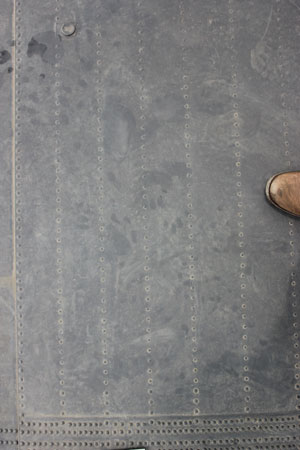
3. There must be four parallel rows of 3/32″ AN455 brazier head rivets with no crossing line of rivets.
The area of Mr. Long’s “perfect match” has four parallel rows of rivets with no crossing line but the rivets are not 3/32″ size and they are not AN455 brazier heads.
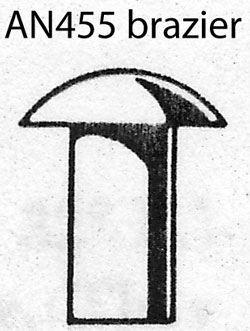 |
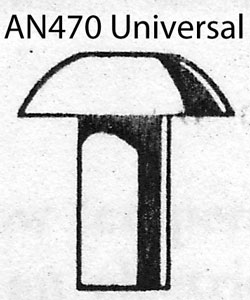 |
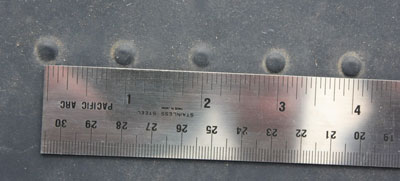
4. The 3/32″ rivets must have a pitch (distance between rivets) of precisely one inch.
The rivets in the area of Mr. Long’s “perfect match” have a pitch of one inch but they are the wrong size and head type.
 |
5. The space between parallel lines of rivets must be nominally 4½″. The space between parallel lines of rivets on the PBY is 4½″. This is the only aspect of the PBY rivet pattern that matches the artifact. |
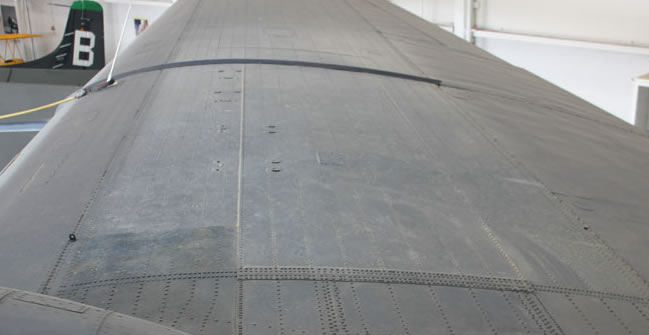
6. There must be a double staggered row of 5/32″ rivets with a pitch of 1.5″.
There is no double staggered row of rivets anywhere on the upper surface of the PBY wing.
In summary:
- The skin thickness is wrong.
- There should be some remnant of paint on the artifact. There isn’t.
- The rivet size is wrong.
- The rivet head type is wrong.
- The rivet pattern is wrong (no double staggered row).
So the answer is no. There is no evidence to suggest that Artifact 2-2-V-1 came from a PBY.
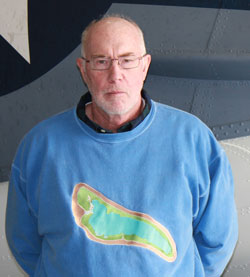 Special thanks to TIGHAR researcher Lt. Col. William Mangus, USAF (ret.), who collected data and took the photos for this report at the Military Aviation Museum in Virginia Beach, VA. Thanks also to Virginia Beach Airport Facility Manager Donald Siemieniek, Museum Director Donald Hunt, and Museum Volunteer David Gayton, for making the museum’s PBY-5A available, and assisting Lt. Col. Mangus in getting access to the upper wing surface.
Special thanks to TIGHAR researcher Lt. Col. William Mangus, USAF (ret.), who collected data and took the photos for this report at the Military Aviation Museum in Virginia Beach, VA. Thanks also to Virginia Beach Airport Facility Manager Donald Siemieniek, Museum Director Donald Hunt, and Museum Volunteer David Gayton, for making the museum’s PBY-5A available, and assisting Lt. Col. Mangus in getting access to the upper wing surface.
|
||||||||||||||||||||||||||||||||

